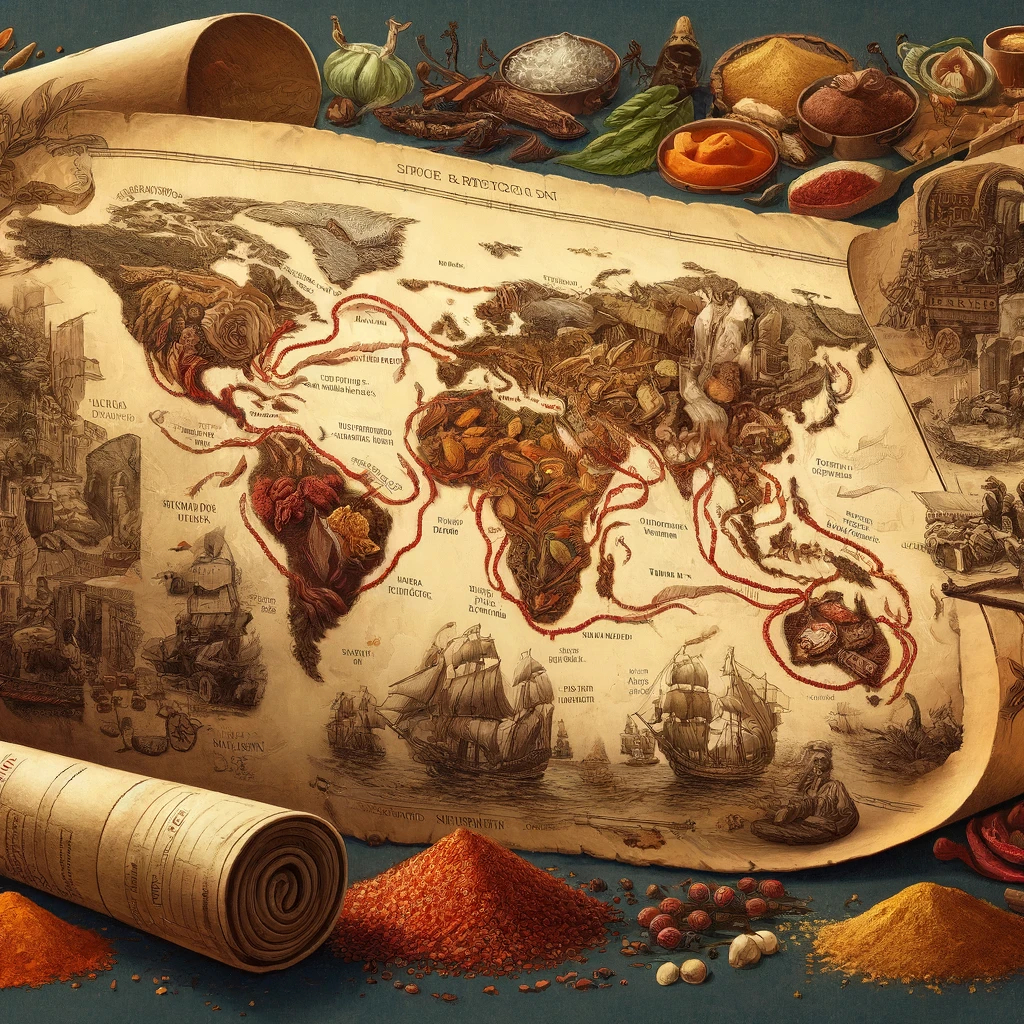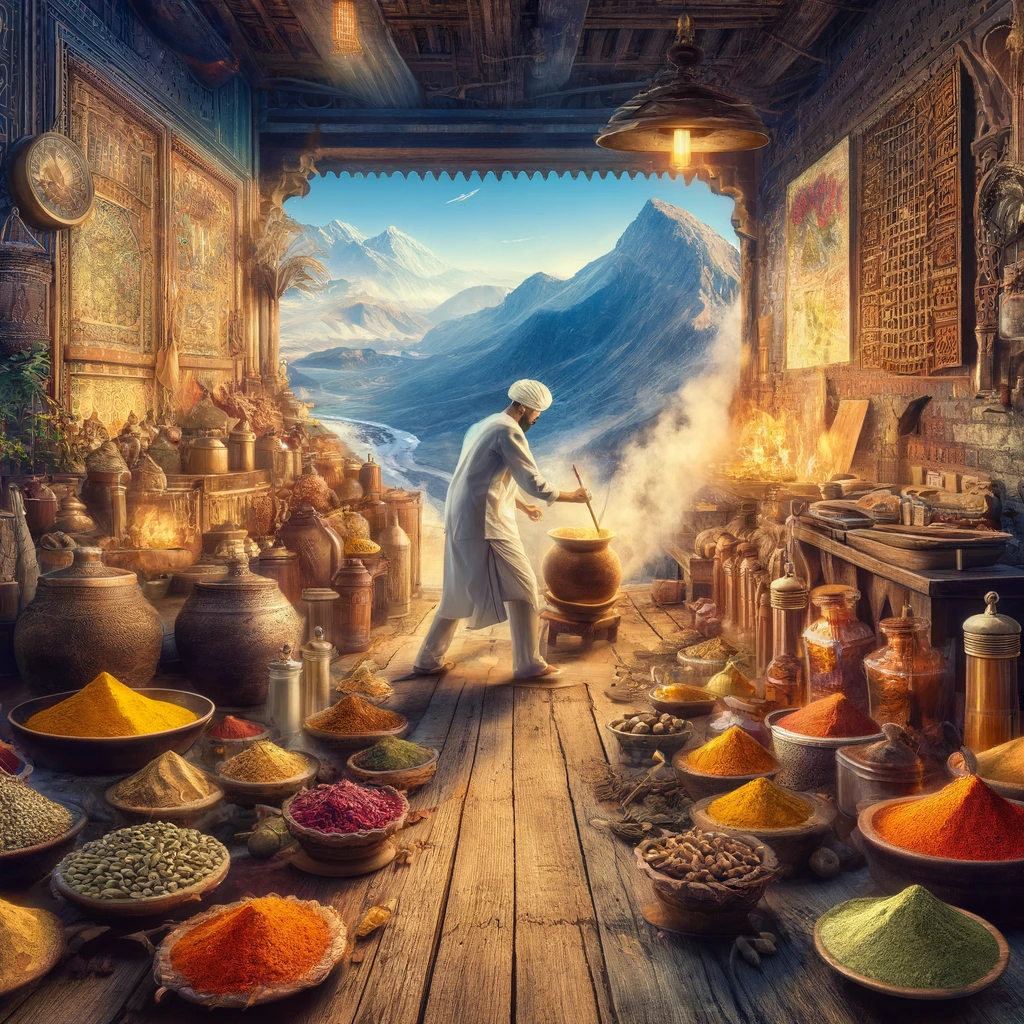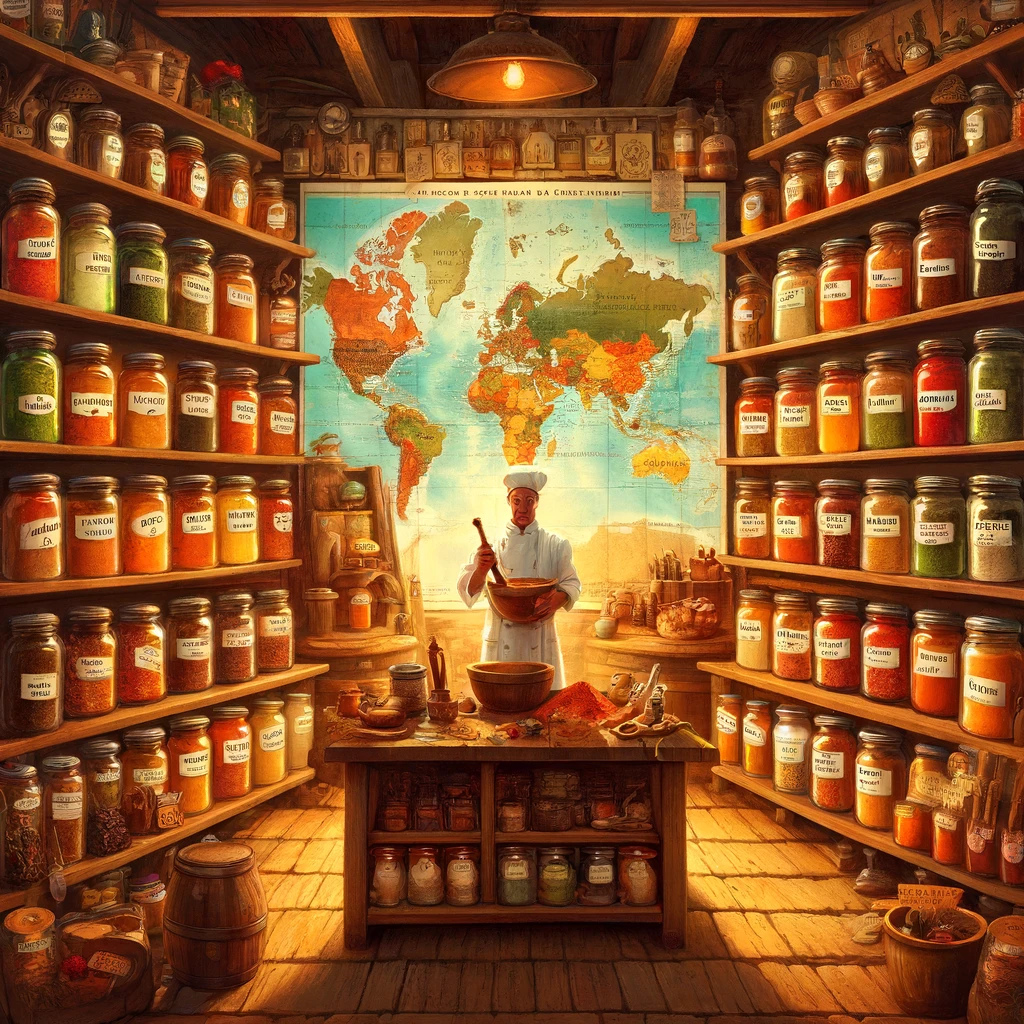The Spice Chronicles: A Journey Through Time and Taste

In the annals of culinary history, spices stand as silent sentinels, guarding the secrets of ancient civilizations and whispering tales of exotic lands. From the sun-drenched shores of the Mediterranean to the mist-shrouded jungles of Southeast Asia, spices have shaped the flavors of our world and captivated the imaginations of explorers, traders, and epicureans alike. Join me on a voyage through the spice-laden corridors of time as we uncover the tantalizing stories behind these aromatic treasures.
The Spice Trade: A Global Odyssey
For millennia, spices have been prized commodities, coveted for their ability to enhance the flavor of food, preserve perishables, and even mask the taste of spoiled ingredients. The ancient spice routes that crisscrossed continents were arteries of trade and cultural exchange, connecting distant civilizations and fueling the rise and fall of empires.
From the Silk Road, where caravans laden with silk, gold, and spices traversed the rugged terrain of Central Asia, to the maritime trade routes that linked the ports of Europe, Africa, and Asia, the quest for spices spurred epic voyages of discovery and shaped the course of human history.
The Spice Pantry: A Cornucopia of Flavors
Step into any kitchen around the world, and you'll find a treasure trove of spices lining the shelves – from humble staples like salt and pepper to exotic treasures like saffron and vanilla. Each spice carries with it a unique flavor profile and cultural significance, reflecting the terroir of its origin and the culinary traditions of its people.
In the spice bazaars of Marrakech, vendors hawk fragrant blends of ras el hanout and harissa, while in the markets of Mexico City, the air is redolent with the aroma of smoky chipotle and earthy cacao. From the pungent heat of Korean gochugaru to the floral sweetness of Indian cardamom, spices are the building blocks of flavor that transform ordinary ingredients into extraordinary dishes.
Spice Lore: Myths, Legends, and Folklore
Throughout history, spices have been imbued with mystical properties and imbued with symbolism. In ancient Egypt, cloves were prized for their ability to mask the odor of embalmed bodies, while in medieval Europe, nutmeg was believed to ward off the plague. Spices have also played a central role in religious ceremonies and rituals, from the frankincense and myrrh offered to the newborn Christ to the saffron-infused sweets shared during Hindu festivals.
The Spice Revolution: A Modern Renaissance
In today's culinary landscape, spices continue to captivate chefs and food enthusiasts alike, inspiring a renaissance of flavor exploration and experimentation. From artisanal spice blends crafted by small-batch producers to innovative techniques for incorporating spices into cocktails and desserts, the possibilities are endless.
Whether it's a fragrant tagine simmering on the stove or a steaming cup of chai infused with cinnamon and cardamom, spices continue to enrich our lives with their aromatic allure and tantalizing flavors. So the next time you reach for that jar of cumin or sprinkle a pinch of saffron into your dish, take a moment to savor the ancient stories and global journeys that lie behind each aromatic gem.



